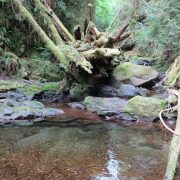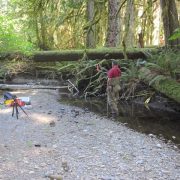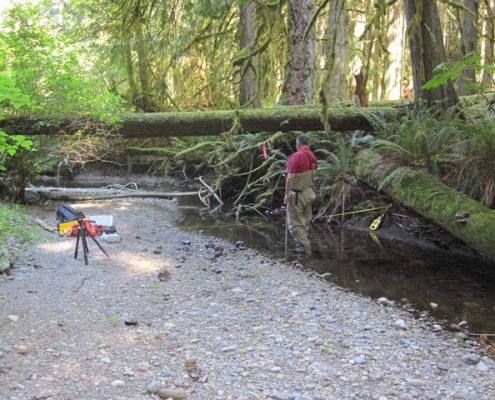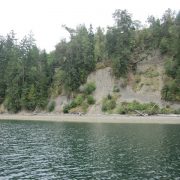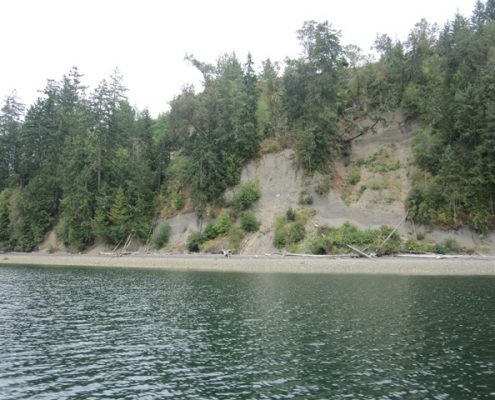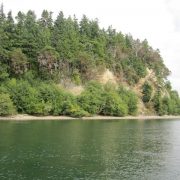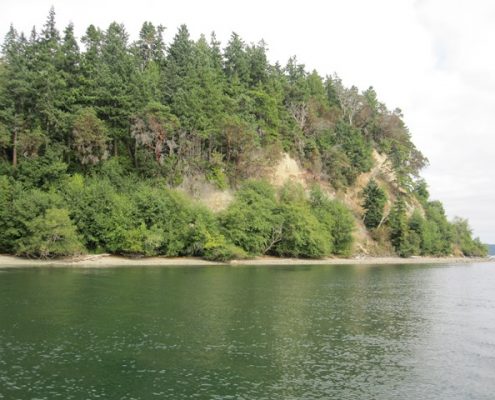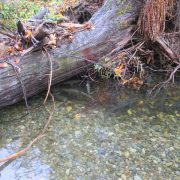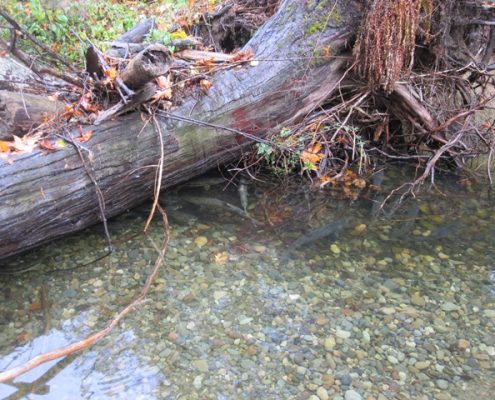Environmental Program
The Environmental Program helps protect Treaty-reserved fishing rights and resources on and off reservation for the Suquamish Tribe and Tribal Members by coordinating with federal, state and local agencies, and other tribes. Program staff help develop policy, review land use and water issues, review development and environmental permit applications, engage in State MTCA and federal Superfund cleanup projects, and participate on natural resource damage assessments and restoration within the Tribe’s Usual & Accustomed fishing areas. Program goals include reopening treaty-reserved resource areas that have been closed to fish and shellfish harvesting due to human health concerns, protecting access to fishing areas, restoring habitat and preventing further degradation to the environment.

Culverts like this prevent salmon from accessing spawning areas upstream. The Environmental Program works to help eliminate fish barriers and improve habitat conditions for fishery resources.
Protection & Restoration
Working collaboratively to restore critical habitat and protect treaty resources for future generations. more…
Shellfish Bed Recovery
Working to upgrade shellfish growing area classifications and improve water quality, to ensure future harvest opportunities. more…
Combating Pollution
Working with state and federal governments to clean-up contaminated sites and assess natural resource damages. more…
The Tribe works with federal, state, and local governments and agencies to protect Treaty-reserved rights and resources.
- Treaty Rights at Risk
An initiative developed by Northwest Treaty Tribes in 2011 to bring attention to the decline of salmon populations in the Northwest and offer solutions for recovery. - Puget Sound Partnership
A Washington State agency leading the region’s collective effort to restore and protect Puget Sound. The Puget Sound Partnership brings together hundreds of partners to mobilize partner action around a common agenda, advance Sound investments, and advance priority actions by supporting partners. - West Central Local Integrating Organization
One of 9 LIO’s created by the Puget Sound Partnership, the West Central LIO addresses ecosystem issues on the east side of the Kitsap Peninsula in Washington State, including areas in and around the Port Madison Indian Reservation.


